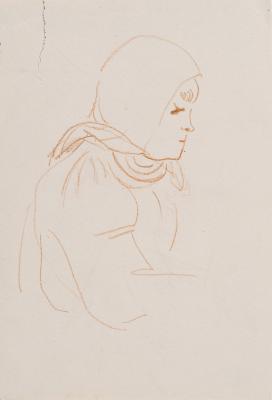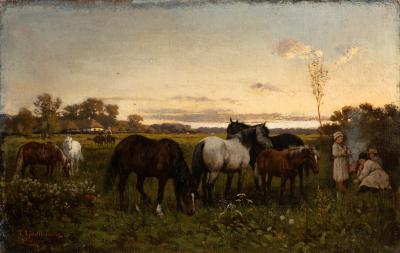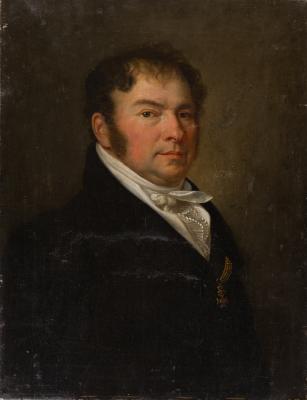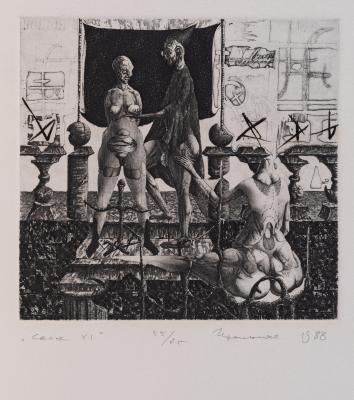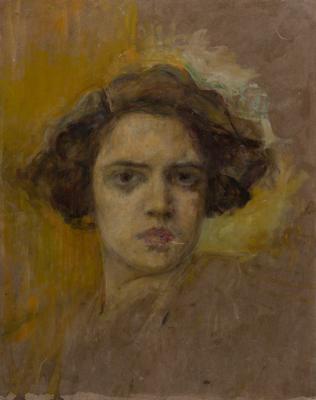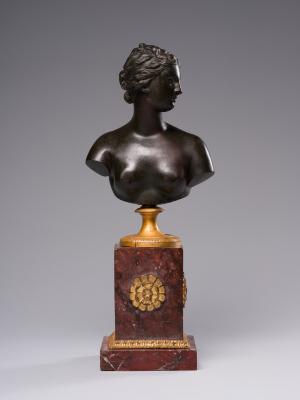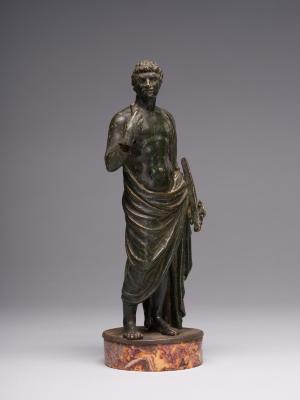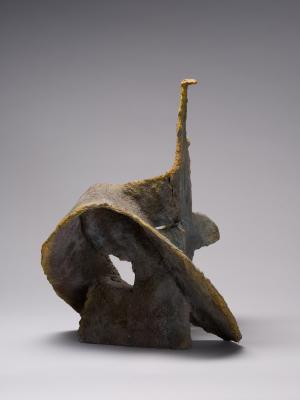This work is from the Roman series. The first watercolour engraving with the same name but completely different in composition was issued in the album Costume Popolare tratto dalla "Nuova Raccolta di Cinquanta Motivi Pittoreschi e costumi di Roma" published in Rome in 1810. A composition similar to the so-called Lviv one was performed by Pinelli in 1815. It was published in the album Nuova Raccolta di Cinquanta Costumi Pittoreschi incisi all 'acquaforte da Bartolomeo Pinelli Romano, Nicola de Antoni impresse, Ignazio Pavon Offre e Dedica, Roma 1816. In that composition, the scene was taking place against the background of fragments of ancient architecture. A similar image to the Lviv version but not painted with watercolours was first issued in the album Nuova Raccolta di Cinquanta Costumi li più interessanti delle città, terre e paesi in provincie diverse del Regno di Napoli (New Collection of Fifty Most Interesting Picturesque Costumes from Cities, Towns and Villages of Different Provinces of the Kingdom of Naples) published by Giovanni Scudellari in Rome in 1817. The engraving Lavatrici di Tivoli was completely different from the Lviv version and was published in the Pittoreskes Italien album of Karl Ludwig Frommel in Leipzig in 1840; it included 103 engravings. In the foreground, one can see three young women washing clothes in a stone reservoir placed under the trunk of a mighty tree on a hill. A well-dressed young man in a wide-brimmed black hat with a blue cloak slung over his shoulder approached the washerwomen. Two laundrywomen made eye contact with him while the third continued doing her job. The rich and bright range of colours of the women's clothing, namely red, blue and yellow tones, highlight the female images. The background with a forest on a mountain slope is depicted in a dimmed blue and green range.
Tivoli, an ancient Tibur, was conquered by the Romans in the 4th century BC. It is located northwest of Rome. In the Renaissance period, the city was built up due to the efforts of the popes. The old buildings were damaged during the Allies bombing in 1944.











